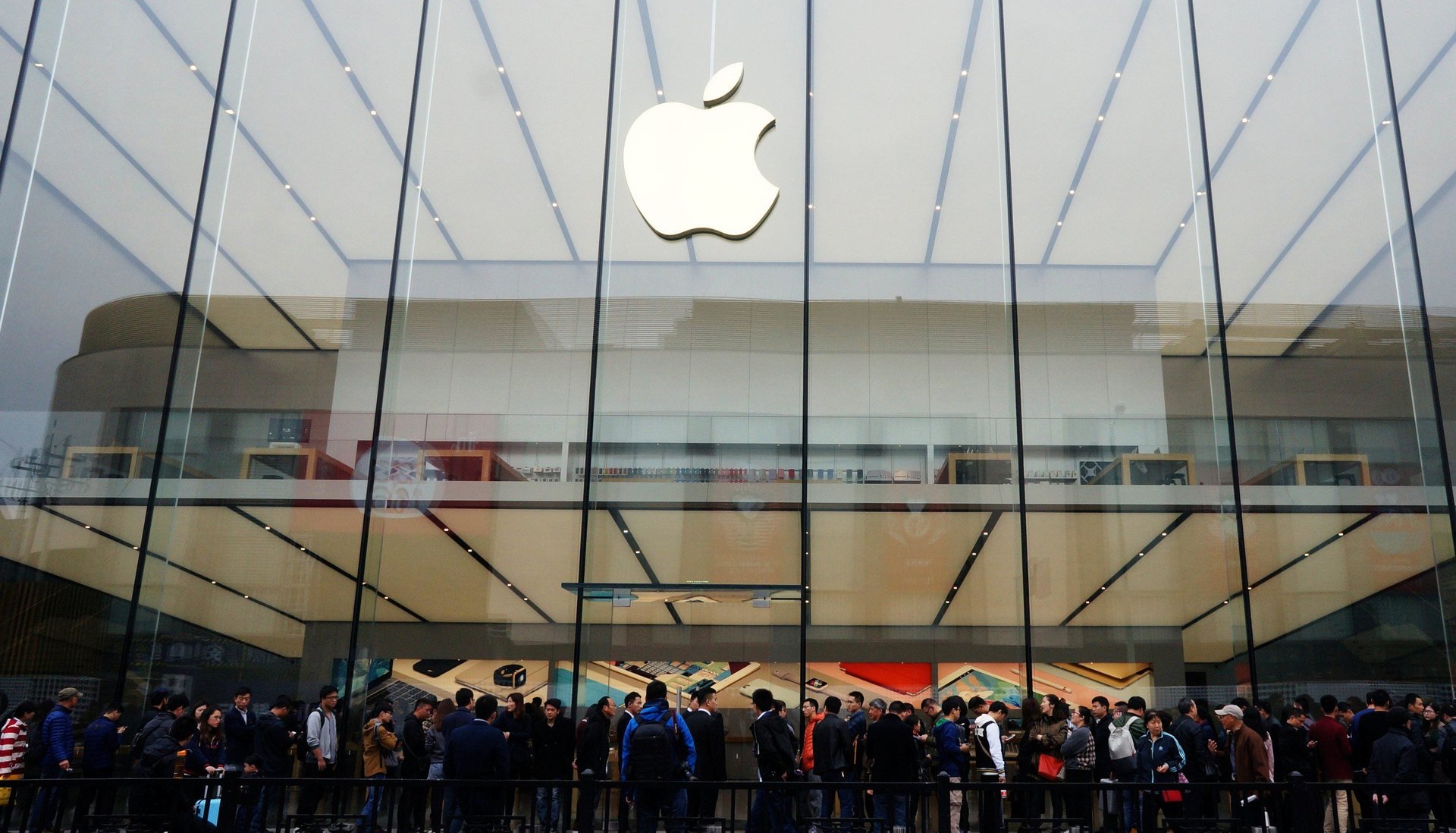Want to stop letting Silicon Valley control our lives? Refuse to buy the new iPhones
Today marks the debut of Apple’s iPhone 8 and iPhone X—the latter a $1,000 piece of equipment rumored to deliver a stunning augmented reality experience. As a technological feat, the phone’s augmented-reality capabilities may well be extraordinary. But they also signify a troubling assumption that powers much of today’s consumer technology: that daily human life is so painful, so boring, that we are all desperate for any possible means of escape.


Today marks the debut of Apple’s iPhone 8 and iPhone X—the latter a $1,000 piece of equipment rumored to deliver a stunning augmented reality experience. As a technological feat, the phone’s augmented-reality capabilities may well be extraordinary. But they also signify a troubling assumption that powers much of today’s consumer technology: that daily human life is so painful, so boring, that we are all desperate for any possible means of escape.
As I explain in my new book, The Hacking of the American Mind, many of us may not hate reality as much as tech companies want us to think we do. Rather, consumer tech has conditioned us to seek out distraction, using a number of clever neuroscientific techniques that coerce us into complicity. If we want to reclaim our lives, we need to stop Silicon Valley from convincing us that we want the things companies tell us we do.
As revealed by former Google exec Tristan Harris on 60 Minutes and internet entrepreneur Nir Eyal in his 2014 book Hooked: How to Build Habit Forming Products, phones and video games and apps employ a four-part marketing strategy. First is the trigger: that is, a feature that commands your attention even when you don’t want it to. Harris admits that the two-second delay built into Gmail’s inbox notification is to build anticipation, which get the dopamine neurons in your brain’s reward center firing. Think of the trigger as a kind of virtual itch.
Then there is the action: that is, a quick, easy behavior that soothes the trigger and can be performed in the company of others. Opening your Instagram app or checking your email when you see a notification is both mindless and currently socially acceptable — the scratch that soothes the itch.
Next comes the variable reward, which can be social validation rewards like Facebook “likes,” or motivational rewards such as points scored on video games. It’s the variable nature of the reward that ultimately drives the behavior to become a habit — like having a slot machine in your pocket.
The final ingredient is investment, which is the only thing Apple is really interested in. Given the market saturation of smartphones (80% of Americans already own one), we must find a way to rationalize spending $1,000 on a yet another phone—and so we tell ourselves that it’s worth spending money on a device that’s become so integral to every moment of our waking lives.
All this is to say that we didn’t necessarily choose to reject our surroundings and live with our smartphones glued to our hands. Silicon Valley made this choice for us, in the name of profit.
The costs of our passive acceptance are becoming increasingly clear. For teenagers, cell-phone use is negatively correlated with grade point average. Kids who sleep with phones charging in their room get 28 minutes less sleep than those whose cellphones charge elsewhere; in turn, sleep deprivation contributes to poor school performance and metabolic dysfunction. Cyberbullying exacts an increasing toll. Is it any wonder than Jean Twenge posited in last month’s Atlantic that cellphones have destroyed an entire generation?
There is an antidote to this problem: face-to-face, eye-to-eye personal interaction. But for all of Silicon Valley’s talk of connectivity, most companies have failed to consider what building relationships really entails. Mark Zuckerberg says, “Our mission is to make the world more open and connected. We do this by giving people the power to share whatever they want and be connected to whoever they want, no matter where they are.” There’s no question that smartphones facilitate information-sharing, entertainment, and status-seeking. But is this really connection? A two-week time-lag analysis suggests that the more that people use Facebook, the less subjective well-being they experience. And a recent study by the app Moment found that the more time we spend on apps, the more unhappy we are with our usage.
Thus far, American consumers’ relationship with the iPhone has followed the meme made famous by the 1989 movie Field of Dreams: “If you build it, they will come.” But we don’t have to let corporations determine the course of our lives for us. One thousand dollars can buy you a lot of connection. Instead of buying the new iPhone, take that money and put it toward taking a dance class. Throw a pot. Learn Mandarin. Join a softball team. Connection really does make us happier. We just have to stop letting tech companies define it for us.
Correction: An earlier version of the article referred to a $1,000 iPhone 8. The iPhone X, not the iPhone 8, is $1,000.